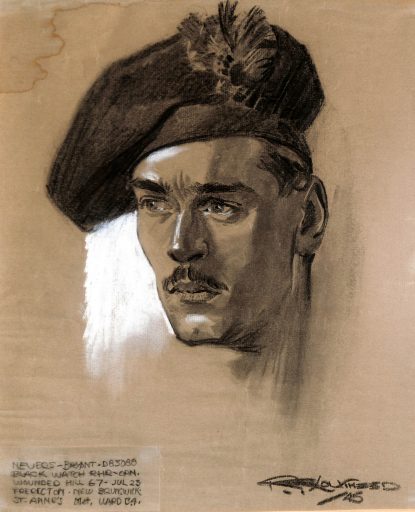
Bryant Oakley Nevers (1923-1995); Collection of the Fredericton Region Museum
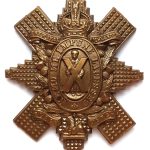 The Fredericton Region Museum is pleased to unveil a new display of Canadian cap badges, assembled in honour of Second World War veteran and collector Bryant Nevers. This exhibit represents a small portion of the more than 600 cap badges that Bryant Nevers donated to the Fredericton Region Museum in 1995. The exhibit has been curated by Major (retired) Doug Hall of Gagetown.
The Fredericton Region Museum is pleased to unveil a new display of Canadian cap badges, assembled in honour of Second World War veteran and collector Bryant Nevers. This exhibit represents a small portion of the more than 600 cap badges that Bryant Nevers donated to the Fredericton Region Museum in 1995. The exhibit has been curated by Major (retired) Doug Hall of Gagetown.
Bryant Oakley Nevers (1923-1995) enlisted as an infantryman with the Victoria Rifles of Canada in 1941, but was later transferred to the Black Watch (Royal Highland Regiment). He served in Canada, the United Kingdom, and continental Europe.
Bryant went overseas in March 1942, and spent two years fighting in France. He was severely wounded on Hill 67 in Normandy, on July 23, 1944, resulting in the amputation of his right leg and part of his left foot.
Upon returning to Fredericton, Bryant was employed for 30 years with the Fish and Wildlife Branch of the New Brunswick Department of Lands and Mines. Very active in the Royal Canadian Legion, he served as President of Branch #4 in Fredericton (1963-1964).
As a member of the Military Collectors Club of Canaada, Bryant Nevers was acknowledged as having one of the finest collections of Canadian Army insignia in all of Canada. We are very honoured to be the stewards of his collection.
We are grateful to the family of Bryant Nevers who recently donated this commemorative sketch of their father to the museum, along with his 1944 battle helmet and crutches. We are also grateful to Veterans Affairs Canada for their financial support of this project.
For more information, please contact:
Alyona Krasnikova, Executive Director
Fredericton Region Museum www.frederictonregionmuseum.com
Email: frederictonregionmuseum@gmail.com or phone 506-455-6041
The Fredericton Region Museum acknowledges the unceded and unconquered territory of Wəlastəkokewiyik / Wolastoqiyik. The Fredericton Museum, located in Ekwpahak | Fredericton, sits on lands designated by the Peace and Friendship Treaties of 1725-1779. These treaties did not deal in the transfer of land, rather they laid a foundation for what was to be an ongoing nation-to-nation relationship between the British Crown and Indigenous Peoples.

![Pointe Sainte-Anne 1692-1759 [Français]](https://www.frederictonregionmuseum.com/wp-content/uploads/2019/09/Pointe-Sainte-Anne-Logo_Color-500x383.jpg)
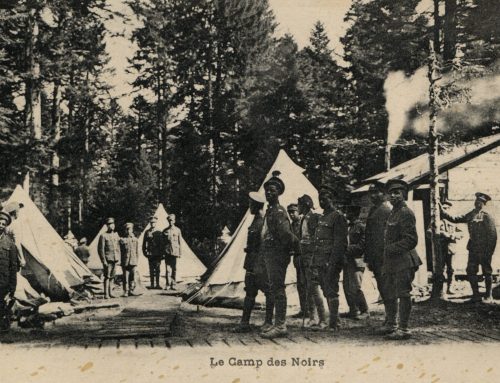
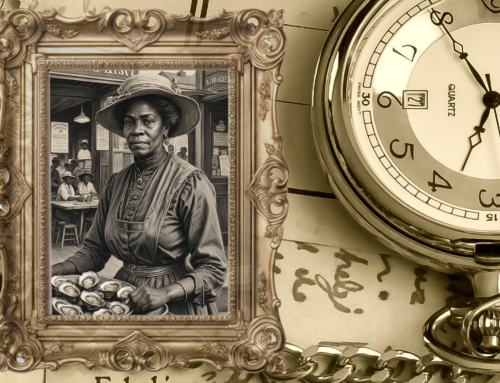
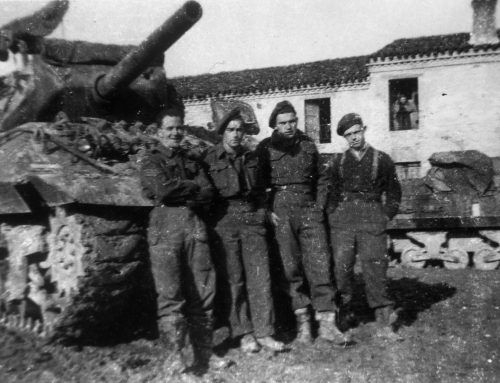
Leave A Comment